Peter Belanger, the man whose images present Apple's latest and greatest products to the public, dished about working with the Cupertino company in an interview published on Wednesday, detailing his daily workflow and the tools he finds most useful in getting that perfect shot.
In an interview with The Verge, Belanger, a San Francisco-based advertising photographer, offered an in-depth look at how he creates the almost too perfect images of Apple products like the iPad, iPhone and other massively popular products.
"The biggest factor is how many photos need to be accomplished in a day. I try to keep the shot list reasonable so there’s time for me to light each product uniquely," Belanger said. "Ideally, I consider the material of the product and how best to light it. Sometimes it’s easier to light the materials without a surface getting in the way (since it can be added later)."
Belanger studied photography in the classical sense, and while pushed toward creative "art gallery" results, decided to go a more commercial route as Silicon Valley was ripe with product companies.
With Apple, the team comes prepared with a well developed idea of what is needed, he said. First Belanger works with the company's art directors on positioning the product before moving onto lighting, an important process in portraying the subject accurately while keeping an eye-catching aesthetic.
"Because Apple products have such carefully selected materials it is incredibly important to light the product in a way that will showcase the various materials accurately," Belanger said. "I pick an area to start with and think about how that material needs to be described."
As for gear, Belanger said his "go-to camera" right now is Canon's 5D Mark III fitted with a 24-70mm f/2.8 lens. He touts the zoom lens' shallow depth of field when wide open, a plus for his brand of product portraiture work.
To read the full interview, head to The Verge for a look at Belanger's software suite and the tale of a project with snakes coming out of shoes.
 Mikey Campbell
Mikey Campbell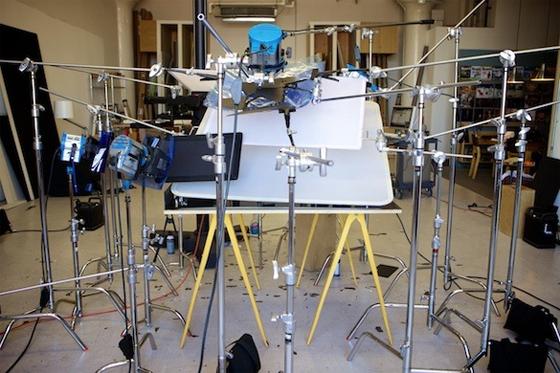
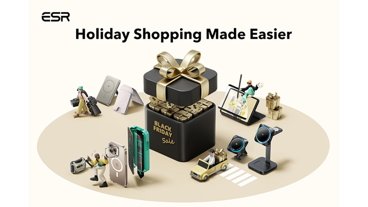

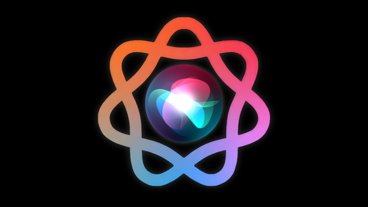











 Charles Martin
Charles Martin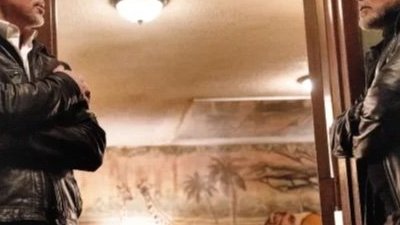
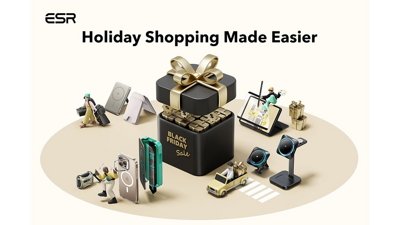
 Sponsored Content
Sponsored Content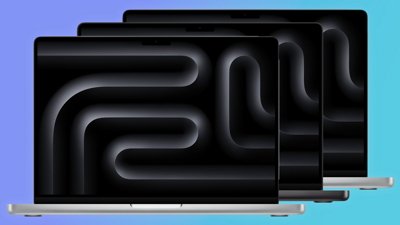
 AppleInsider Staff
AppleInsider Staff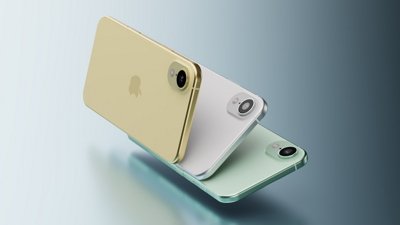
 Malcolm Owen
Malcolm Owen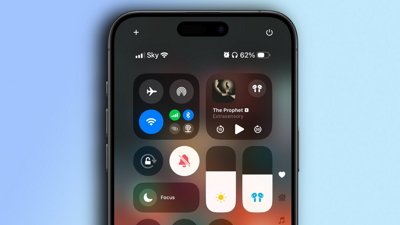
 Oliver Haslam
Oliver Haslam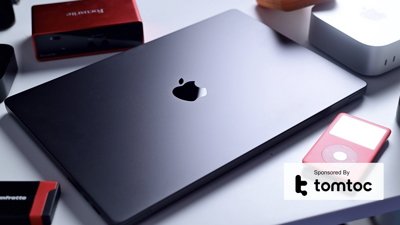
 Andrew O'Hara
Andrew O'Hara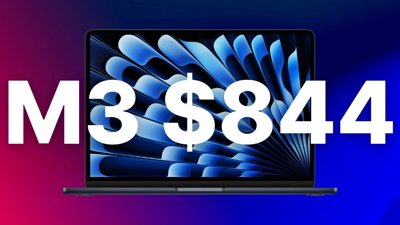









15 Comments
I was under the impression that commercial photographers used Hasselblad large format digital cameras. I know that Hasselblad were typically what the high end commercial photographers used in the pre-digital days.
The biggest problem I have had photographing iOS devices is moiré from the screen. Eliminating that would probably be the only benefit that traditional film could offer. I haven't tried shooting any of the Retina products which possibly minimizes that effect to some degree.
I was under the impression that commercial photographers used Hasselblad large format digital cameras. I know that Hasselblad were typically what the high end commercial photographers used in the pre-digital days.
Funny you said that, I was thinking the same thing, I guess the guy could not afford a $40k camera. A good friend of mine during the film age of photography carried around a Hasselblad large format film camera for the important pictures like portraits and such, and use the 35mm for everything else. Grant it my friend bough his Hasselblad used and it was still was expensive.
I guess this guy does not think Apple products are worth a better camera and lens system, maybe that is what he need so much extra equipment to make the pictures look good.
Funny you said that, I was thinking the same thing, I guess the guy could not afford a $40k camera. A good friend of mine during the film age of photography carried around a Hasselblad large format film camera for the important pictures like portraits and such, and use the 35mm for everything else. Grant it my friend bough his Hasselblad used and it was still was expensive.
I guess this guy does not think Apple products are worth a better camera and lens system, maybe that is what he need so much extra equipment to make the pictures look good.
My guess would be that the Hasselblad is not required for small pack shots that are destined for online use. Was he to use a shot for a billboard poster or even magazine ad, he may well be using a large format camera. He didn't say he didn't, just that his go to camera was the Canon. Remember he is shooting under ideal lighting conditions.
the full article says he uses large format + phaseone digital back in studio, dslr on location
I'm more surprised that apple uses photography at all, considering a large percentage of the product is a screen which is dropped in in post. And apple products lend themselves to cgi, they would already have the CADs and need to create cgi models for all the animated videos, so photography seems a bit pointless